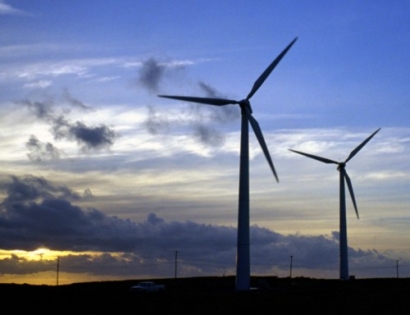
The company’s latest report: ‘Spain Power Market Outlook to 2030, Update 2018’ states that the share of non-hydro renewables in Spain’s capacity mix was just under 5 percent in 2000 and this increased six-fold to 30.3 percent in 2017.
The report states, “Spain still needs to expand its renewable energy sector to reduce its dependence on thermal power sources. It derives most of its electricity from thermal power sources but does not have large reserves of fossil fuels, forcing it to depend on gas imports from Algeria, Nigeria, Qatar, and Egypt and oil imports from the Middle East.”
Chiradeep Chatterjee, Power Analyst at GlobalData, stated, “Spain’s new socialist government adopted a more aggressive posture regarding renewable energy and supported a move in the EU, of which it is a member, to increase the target for renewable energy sources from the present 27 percent to 35 percent by 2030. The EU finally increased its target to 32 percent by 2030, which is binding for all its members.”
The GlobalData analysis shows that as a result of this policy shift, solar PV capacity in the country will grow at a CAGR of 13.1 percent, while onshore wind capacity will grow at a CAGR of 3.3 percent between 2018 and 2030. Non-hydro renewable energy sources are expected to contribute to 48.6 percent of the total capacity mix in 2030.
Chatterjee concluded, “Much of the development of renewable energy in the country was due to its attractive feed-in tariff program followed by the government until 2012. The phasing out of FiTs in 2012 hit the development of this sector. As a result, the share of non-hydro renewables in Spain’s capacity mix increased from 29 percent in 2013 to only 29.9 percent in 2016.”

